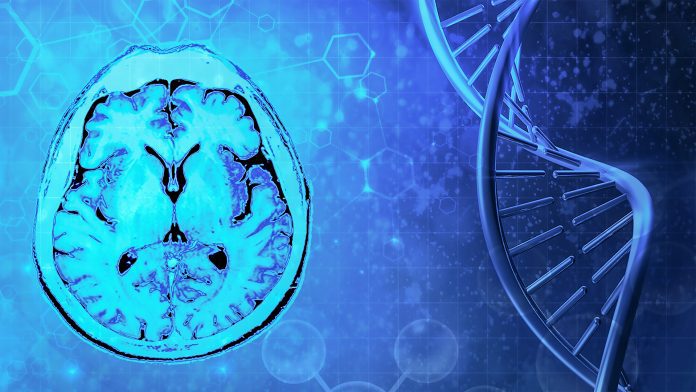
The first clinical guidelines on the ultra-rare disease, Schaaf-yang syndrome, have been released, aiming to improve knowledge and treatment of the condition.
The guidelines are aimed at healthcare professionals and the families of children affected by Schaaf-yang syndrome. The disease is caused by mutations in the MAGEL2 gene; recent research has revealed the effects of the truncated MAGEL2 protein on cell physiology.
The findings have been published in the Journal of Medical Genetics.
The MAGEL2 gene that causes Schaaf-yang syndrome is located on chromosome 15. The gene is mainly expressed in the brain and is key to the transport complex and the recycling of certain proteins within cells.
How does Schaaf-yang syndrome affect people?
People with Schaaf-yang syndrome display a variety of symptoms, most of which are associated with neurodevelopmental and intellectual delay. These symptoms include sleep disturbance, facial dysmorphism and joint contractures.
Currently, there are less than 200 known cases of Schaaf-yang syndrome worldwide. The rarity of the disease makes standardised medical care difficult. Prior to this research, there have been no clinical guidelines or specific follow-up treatments for the disease.
“Often, families and professionals face great uncertainty due to a lack of information. For this reason, it is vital to have evidence-based recommendations that help improve clinical care and empower families about the natural course of the disease,” said Merche Serrano, neuro-paediatrician at the Sant Joan de Déu Barcelona Hospital, and coordinator of the clinical part of the study.
The researchers reviewed all the existing studies on Schaaf-yang syndrome, with the intention of producing a comprehensive set of clinical guidelines for healthcare professionals and patients.
Outlining interventions for the disease
The new guidelines divide the most relevant medical problems into two time periods. The first period regards the first 28 days of life, and the second concerns childhood and adolescence. The most appropriate interventions for each problem have also been outlined, as well as the best possible follow-up guidelines.
“We have also made a guideline and material aimed at families, at the request of the Schaaf-Yang Syndrome Families Association, which will help them learn about the evolution of the disease and will empower them,” said Roser Urreizti.
“For us, it is very important to work closely with families and patients, especially in minority diseases where patients play a key role in advancing the research.”
Through an extensive review of the scientific literature on Schaaf-yang disease, the researchers were able to map all the mutations in the MAGEL2 gene. Most of these mutations resulted in truncated (non-functional) proteins or proteins with a partial or complete lack of the MHD domain, causing the protein to malfunction.
“Our studies show that the mutated MAGEL2 protein is retained in the nucleus of cells, where it may alter the expression and regulation of other genes while exerting a toxic effect on the cell. We observed low levels of beta-amyloid 1-40 and intracellular glutamine in fibroblasts from the patients. These two molecules could serve as possible biomarkers to evaluate future treatments,” explained Laura Castilla, first author of the study.
The findings confirm that the phenotype of Schaaf-Yang syndrome can cause the toxic effect of the truncated MAGEL2 protein. Previously, this was thought to be caused by the lack of normal functionality in the fibroblasts in Schaaf-yang syndrome patients.









